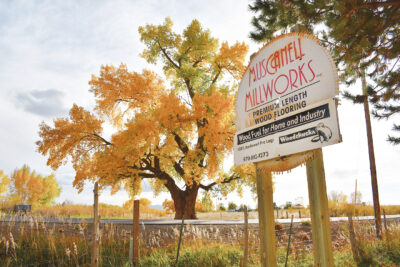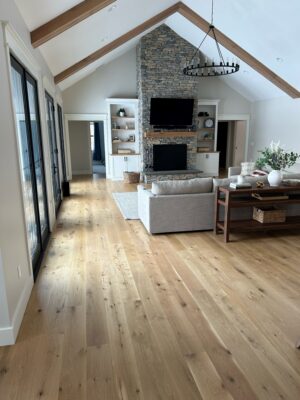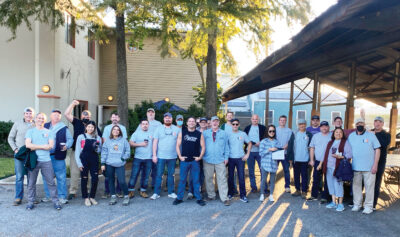I got some much-needed family vacation this summer and visited my family resort near Vanderhoof, British Columbia. The highlight of the trip was watching my 4- and 6-year-old sons reeling in rainbow trout entirely on their own. The low light, pun intended, was looking directly at the sun and seeing the black spots on it. It is easy to look directly at the sun with the naked eye when smoke from forest fires fills the sky. They were close. Too close. We set up pumps and sprinklers at multiple sites to protect the cabins in case the fires raged over us. I warned my kids each night that the emergency evacuation plan was to get in the boat and into the lake’s center. The fires got as close as three miles away.
As these Canadian wildfires rage across the north and American cities are overcast with smoke, people are starting to talk about what causes them and what we can do about it. I grew up in the forest. I hold a master’s degree in forestry & society, studying rural communities. I have worked in the industry for almost 30 years. As a true conservationist, nay, I even would call myself an environmentalist. Here are my opinions.
- View the forest as a dynamic life cycle. The forest is constantly changing. Yet many think that we can preserve it in its current static form. We cannot; we must accept that the forest will change and recognize that all forests are managed. Some are managed for wood products, some for recreation, some for preservation, some for mixed-use, and some for wildlife. If we manage all forest uses with a dynamic life cycle, we can account for changes, accept them, prepare for them, and even cause some of them. Most importantly, we will value the “changing forest” as much as the “old-growth forest.”
- Create large economies of scale for wood and wood byproducts. Whether you like it or not, economics plays a role in forest health. Frankly, it is a good thing too. Economics means an Oak tree in rural Pennsylvania can become a church pew in urban California. Economics allows the California redwoods to be managed for their scenic beauty, as the state consumes wood worldwide. Rural communities need infrastructure and value-added commodities to help them capture more value out of the forests they harvest. The higher the recovery of wood fiber, the higher the yield, the less they consume, and the lower impact.
- Stop suburban sprawl. The largest, most powerful lobbying group is, in fact, the single-family homeowner. Their “not in my backyard mentality” is one of the most environmentally harmful things we do. I get it; we all want to enjoy our view and keep the noise and smells down. But when we push projects further away, it increases the carbon footprint, diminishes the economy of scale, and, if it results in the harvesting of trees, causes actual deforestation. Simply put, we must remove all building height restrictions, allowing for multigenerational/multifamily housing and economies of scale sufficient to support mass transit, bike lanes, and other green initiatives. These actions will help keep forests as forests constantly changing, but remaining forests.
We can’t just say that the forest fires of today are due to climate change from yesterday. It is from natural forest change too. People debate climate change, but they don’t talk about forest change. Many people believe a tree will live till you cut it down; that is ignorant and absurd. The fact that our forests will be changing in 1 year, 10 years, 100 years, or even 1,000 years from now is why we will still be using Hardwoods 1,000 years from now. Because at some point a tree is going to die, at some point a tree is going to age to the end that it begins to rot, becomes less insect resistant, and more susceptible to fire. At some point, it will always make sense to manage the forest by removing trees for wood and storing the carbon from them by creating wood products. Climate Change is only half the story because, while the weather impacts the forest, the forest keeps growing and degrading regardless. If you want to help our industry, then when talking to others… Why knot talk about forest change and not climate change?








